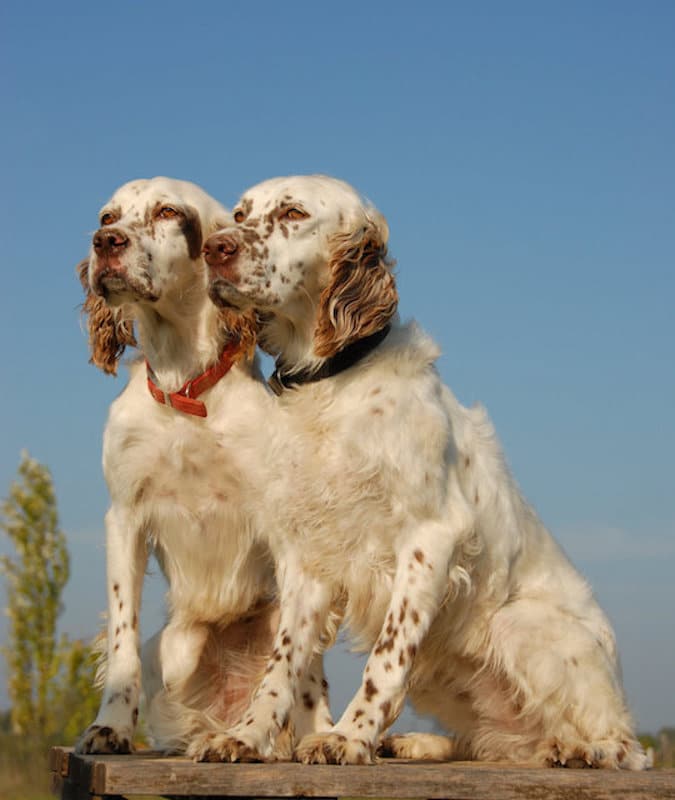How to tell if your dog is happy
Dogs are incredible creatures known for loyalty, affection, and endearing personalities. As responsible pet owners, we must ensure our furry friends’ happiness and well-being. However, it can be challenging to differentiate between a contented dog and one experiencing discomfort or anxiety. In this blog post, we will debunk common misconceptions and provide valuable insights into understanding the signs of a happy dog. By familiarizing yourself with these cues, you can develop a deeper bond with your canine companion and provide it with the care it deserves.
Signs of a Happy Dog
Dogs, much like humans, have unique ways of expressing their happiness. While some signs may be obvious, others might be more subtle. To better interpret your dog’s emotions, it is essential to pay attention to the following clues:
1. A Wagging Tail
A wagging tail is often associated with a joyful and excited dog. However, observing the wag’s position, speed, and direction is crucial. If a dog’s tail is held high and wagging vigorously, it indicates a positive and happy state. On the other hand, a tucked tail or slow wag could suggest fear, anxiety, or even pain.
2. Relaxed Body Language
A dog’s body language will reflect this when it is content and at ease. Take note of your pup’s posture: a relaxed dog will have a loose body with no signs of tension. Its ears will be in a natural position (not pinned back), and its mouth slightly open, possibly displaying a relaxed pant. Additionally, a happy dog often has soft, comfortable eyes without signs of squinting or wide-eyed fear.
3. Playfulness and Enthusiasm
A playful demeanor is one of the most evident signs of a happy dog. It will likely feel joyful if your canine companion is excited to engage in games, running, or playful interactions. A happy dog may bounce around, wag its tail, and initiate play with you, other dogs, or even toys. Watch for their enthusiasm and willingness to participate in activities they enjoy.
4. Healthy Appetite and Good Sleep Patterns
A healthy and content dog generally has a good appetite and regular sleep patterns. If your dog eagerly consumes its meals and maintains a consistent and restful sleep routine, it is often a sign of overall happiness. However, sudden changes in appetite or sleep patterns may indicate potential health issues that require veterinary attention.
5. Social Interaction and Affection
Dogs are social animals, and their happiness often stems from positive interactions with their human family members and other dogs. If your dog seeks attention, leans into your touch, or happily greets you with a wagging tail, it is clear that it values your companionship. Similarly, if your dog enjoys interacting with other dogs by engaging in friendly play or calm body language, it indicates their happiness in social situations.
6. Tailoring to Individual Personalities
It is essential to note that each dog has its unique personality and ways of showcasing happiness. While the abovementioned signs are commonly observed in many canines, individual variations may exist. Understanding your dog’s personality traits and behavior patterns can help you identify specific signals demonstrating joy and contentment.
Paying close attention to your dog’s behavior and body language can cultivate a stronger bond and ensure its happiness. Remember to provide an enriching environment, exercise regularly, and offer love and affection. A happy dog leads to a happy household, and with these valuable insights, you are well-equipped to spot the signs of a joyful canine companion.
